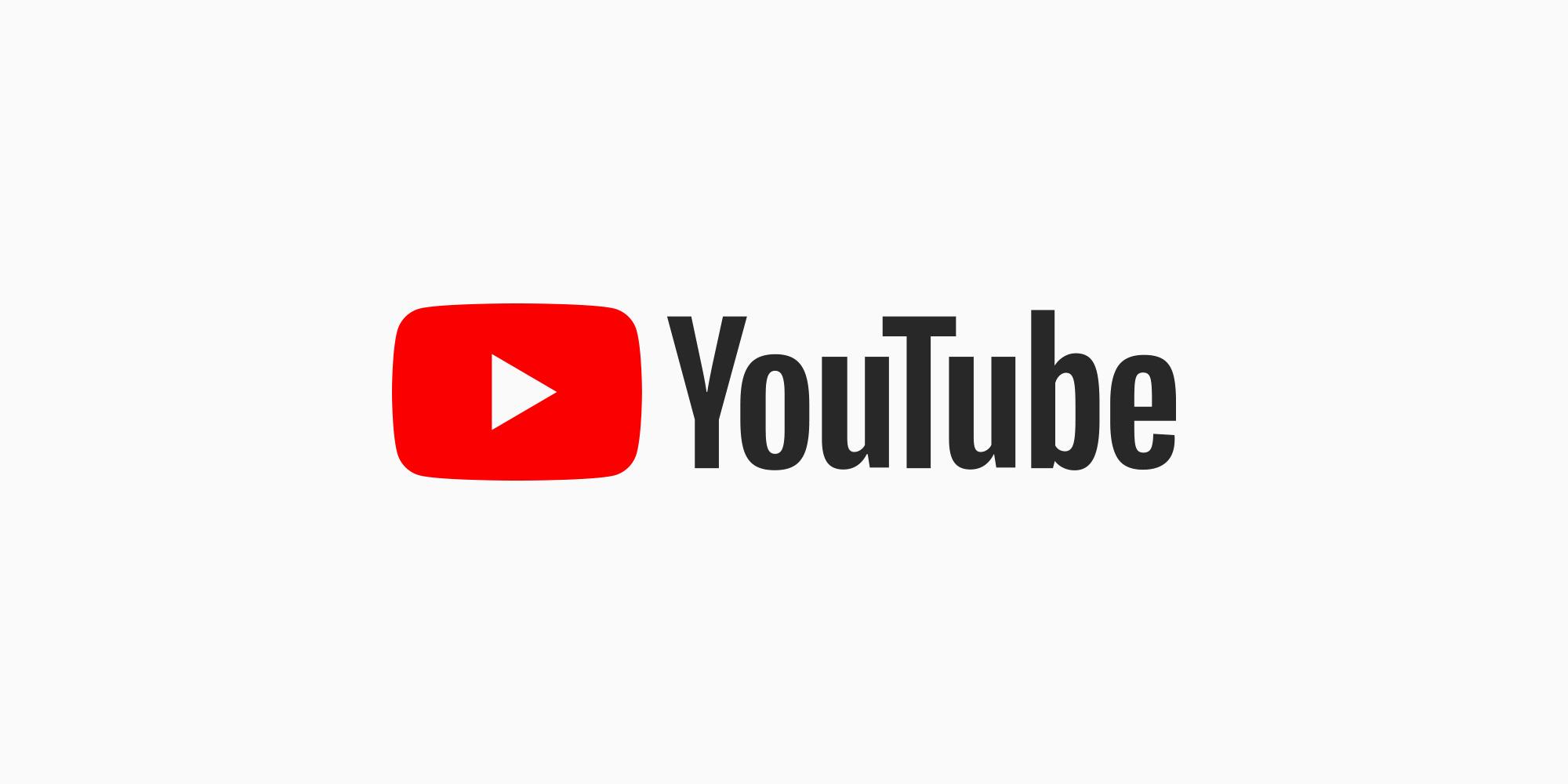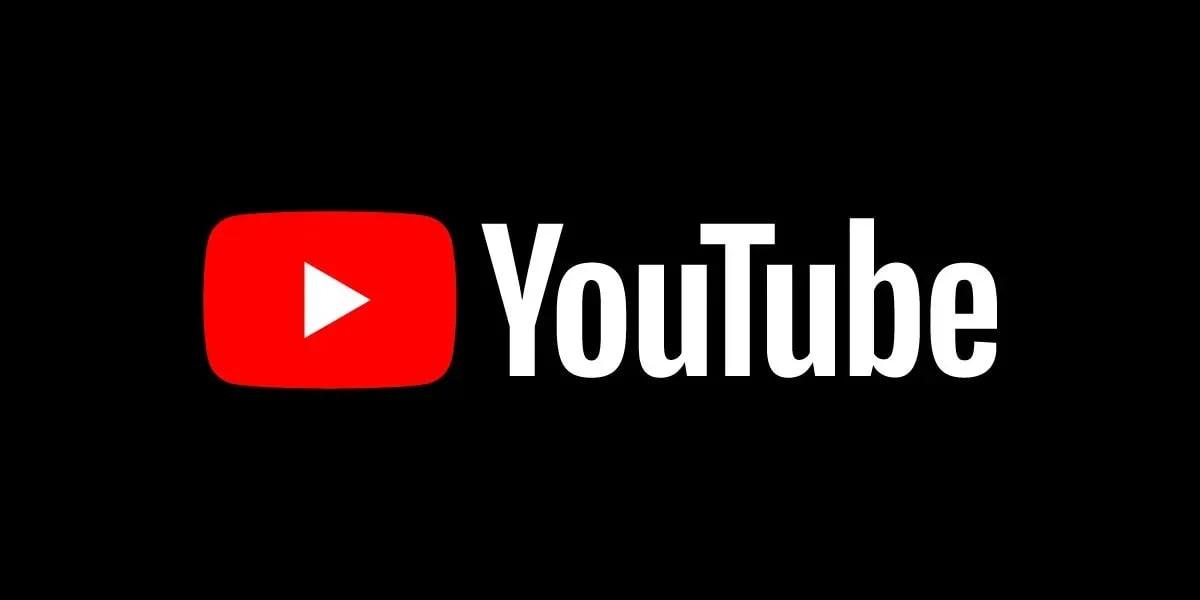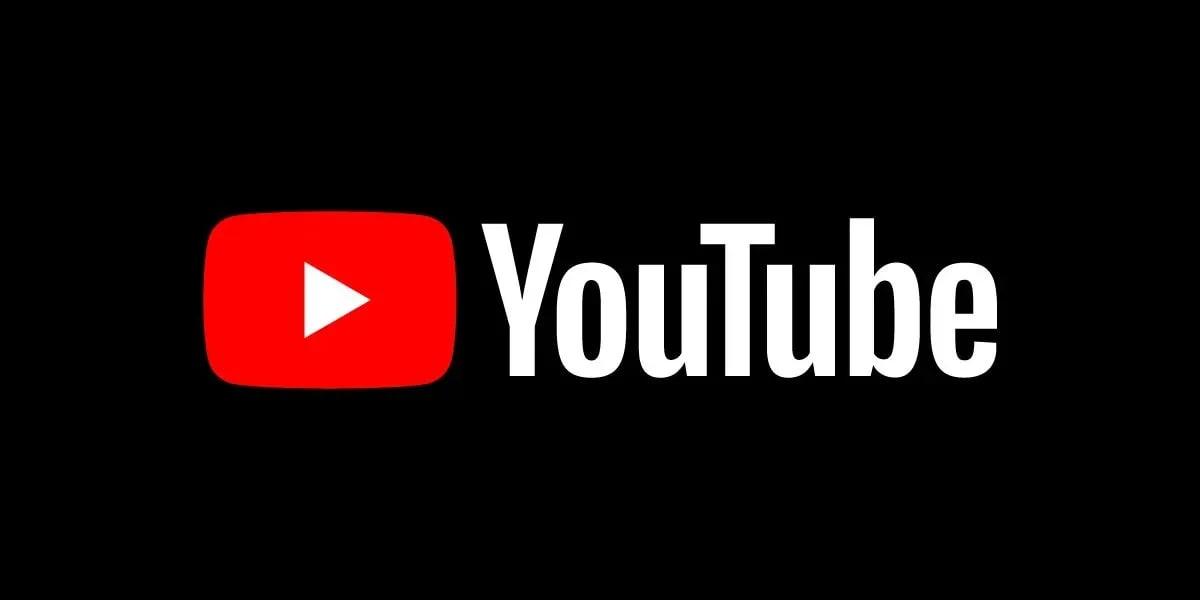Picture this: it’s 2006, and YouTube is the new playground of the internet, where random cat videos and homemade clips are vying for attention. Suddenly, the tech giant Google swoops in like a superhero, ready to transform the video-sharing scene forever by acquiring YouTube for a cool $1.65 billion. It wasn’t just a big financial move; it was a signal that the way we consume media was about to change in ways we couldn’t even fathom. Fast forward to today, and YouTube has evolved into a cultural phenomenon, shaping everything from entertainment to marketing strategies. Let’s dive into how this landmark acquisition turned the digital tide and why it matters now more than ever.
The Backstage Drama of Googles Acquisition of YouTube

The acquisition was no walk in the park; it was more like a high-stakes poker game where both players held strong cards. Google, with its wallets open and eyes on the future, saw the potential in YouTube as more than just a platform for cat videos and amateur filmmakers. The deal, valued at a jaw-dropping $1.65 billion in stock, was often described as a gamble, but it was a calculated risk. Executives at Google were buzzing with excitement, recognizing that online video was not merely a fleeting trend, but a seismic shift in how content would be consumed. As the ink dried on the deal, behind-the-scenes turmoil sparked conversations about competition, innovation, and the sheer audacity of bringing such a powerhouse under Google’s wing.
But let’s not kid ourselves; drama was simmering below the surface. YouTube’s founders, Chad Hurley, Steve Chen, and Jawed Karim, faced uncertainties as they suddenly found themselves riding shotgun with one of the internet’s giants. There were fears about how their beloved platform would change—would Google impose its will and, in the process, water down the very essence that made YouTube special? The balance of maintaining YouTube’s quirky charm while leveraging Google’s resources was crucial. It felt like a Cinderella story at times, with the tech world watching to see if the glass slipper would fit or shatter under the spotlight.
Unpacking the Strategic Move: Why Google Wanted YouTube

When Google made the bold choice to acquire YouTube in 2006, it was more than just a strategic investment; it was a leap into the future of online video consumption. Think about it: at that time, YouTube had surged to a whopping 100 million views each day. By snatching up the platform, Google wasn’t just adding a flashy toy to its collection; they were grabbing the keys to a goldmine of user-generated content. This move opened up a floodgate of possibilities for monetization, advertising, and user engagement. With YouTube’s existing robust community, Google knew it could cultivate a powerful advertising platform like never before, turning casual viewers into potential buyers and content creators into monetized partners.
Let’s break it down a bit—what did Google see in YouTube that others overlooked? First off, the power of community. Users were passionate about sharing and discovering videos. Then came the data goldmine—a treasure trove of user preferences and viewing habits that Google could analyze and leverage. Lastly, there was the vision of video as a primary form of content, something the world was just beginning to wake up to. By investing in YouTube, Google didn’t just embrace the current trends; they seized the future of how we consume media. Imagine the way Netflix transformed our viewing habits – Google saw those same transformative powers in YouTube and swooped in to secure the edge over its competition.
The Ripple Effect: How This Deal Transformed Online Video

When Google swooped in and acquired YouTube, it sent shockwaves through the entire digital landscape. This move didn’t just mean that two giants were joining forces; it was a bold statement that the future of online content was unfolding right before our eyes. Suddenly, the video platform was armed with Google’s monumental infrastructure and resources. Content creators thrived, establishing channels that quickly became household names, and the ripple effect reached far beyond mere access to video. With enhanced algorithms and search capabilities, YouTube transformed into a treasure trove for creators and viewers alike, paving the way for streaming services and social media influences that we see today.
This deal ignited the flame for a whole new genre of monetization and engagement strategies. Advertisers flocked to YouTube, recognizing the untapped potential of reaching audiences in ways never before possible. The concept of ‘viral videos’ took root, not just as an anomaly but as a strategy. Content shifted from traditional forms of media to dynamic video experiences, and suddenly everyone with a smartphone felt empowered to create and share their own stories. The results were staggering, leading to a culture where video content is king, encouraging users to engage and interact more than ever before. It was a revolution that changed the way we consume content and created endless opportunities for innovation across the digital spectrum.
Navigating the Future: Lessons from Google and YouTubes Partnership

When Google acquired YouTube back in 2006, it was like watching a blockbuster movie unfold. This partnership taught us invaluable lessons about innovation and adaptability in the digital age. First off, understanding your audience is key. Google didn’t just see YouTube as a video platform; they recognized the potential for a global community of creators and viewers. With over 2 billion users watching billions of hours of content monthly, the relationship propelled both companies into an ecosystem where user-generated content thrived. They proved that when you give people a platform to express themselves, magic often happens. Think about it—YouTube is now a household name thanks to its ability to turn everyday folks into stars!
Then there’s the lesson of embracing change. Google didn’t simply shove their search model onto YouTube; instead, they integrated their technological prowess and analytics to enhance user experience. The algorithms evolved, making content easier to discover, which created a more engaging platform. In doing so, they demonstrated that success comes from collaboration rather than domination. Imagine building a bridge instead of a wall; this partnership has fostered creativity in ways that continue to inspire countless other businesses. The combo of Google’s resources and YouTube’s vibrant marketplace of ideas stands as a testament to the power of synergy. In navigating the future, we can all learn a thing or two from their playbook.
Future Outlook
So, there you have it! The story of how Google swooped in and transformed YouTube from a quirky startup into a global powerhouse is nothing short of remarkable. It’s like watching an indie band land a record deal with a massive label and suddenly take the world by storm. Google saw the potential where others just saw videos of cats and funny fails, and boy, did they capitalize on it!
Fast forward to today, and YouTube is woven into the very fabric of our daily lives. Whether you’re binging tutorials, catching up on the latest trends, or simply losing track of time in a rabbit hole of random clips, there’s no denying the impact this partnership has had. So, the next time you dive into YouTube, remember—you’re not just watching a video; you’re part of a legacy shaped by a game-changing acquisition that set the stage for content creators around the world.
Thanks for coming along for this trip down memory lane! Until next time, keep exploring and keep clicking—who knows what the next big breakthrough could be?



